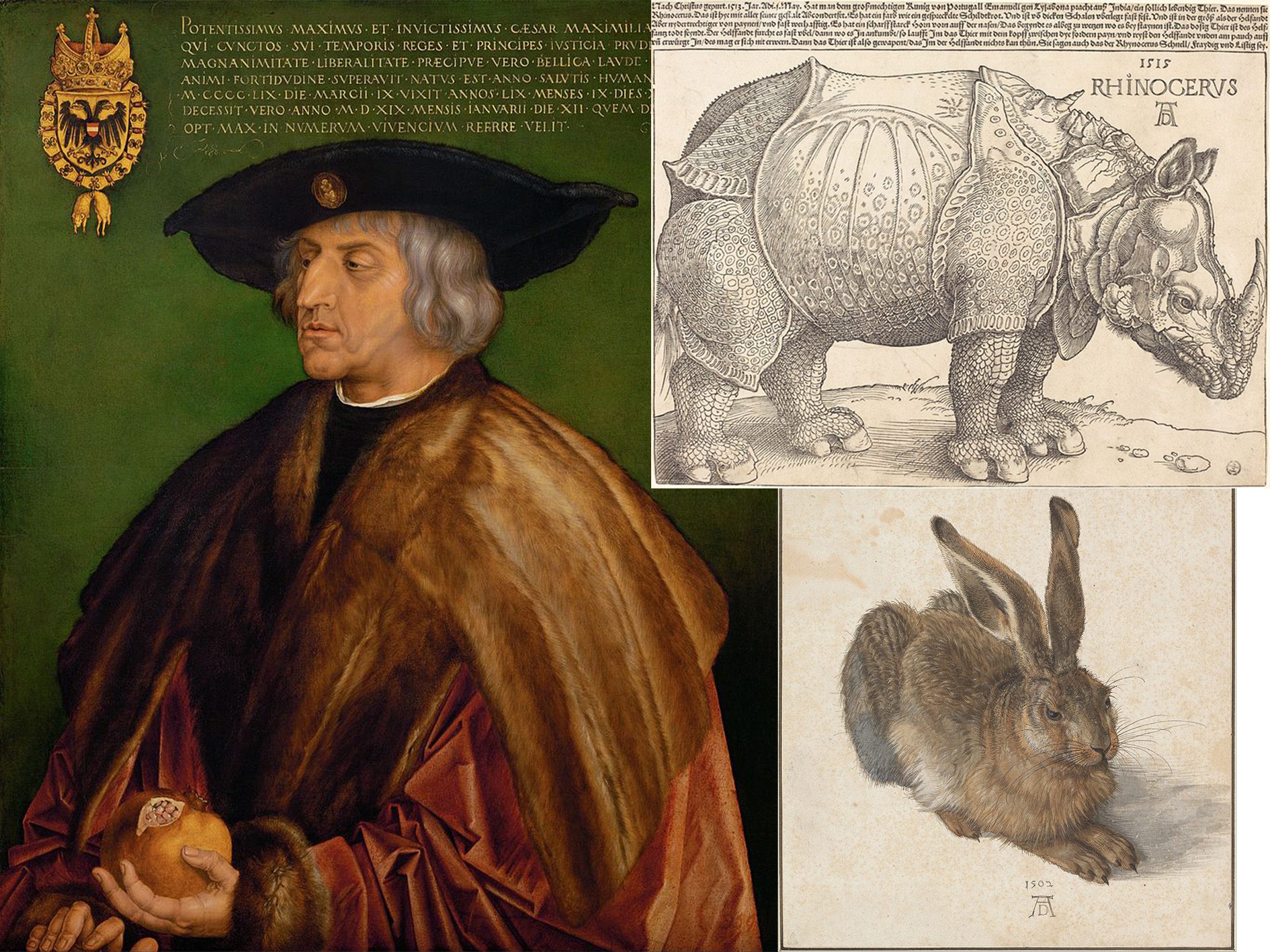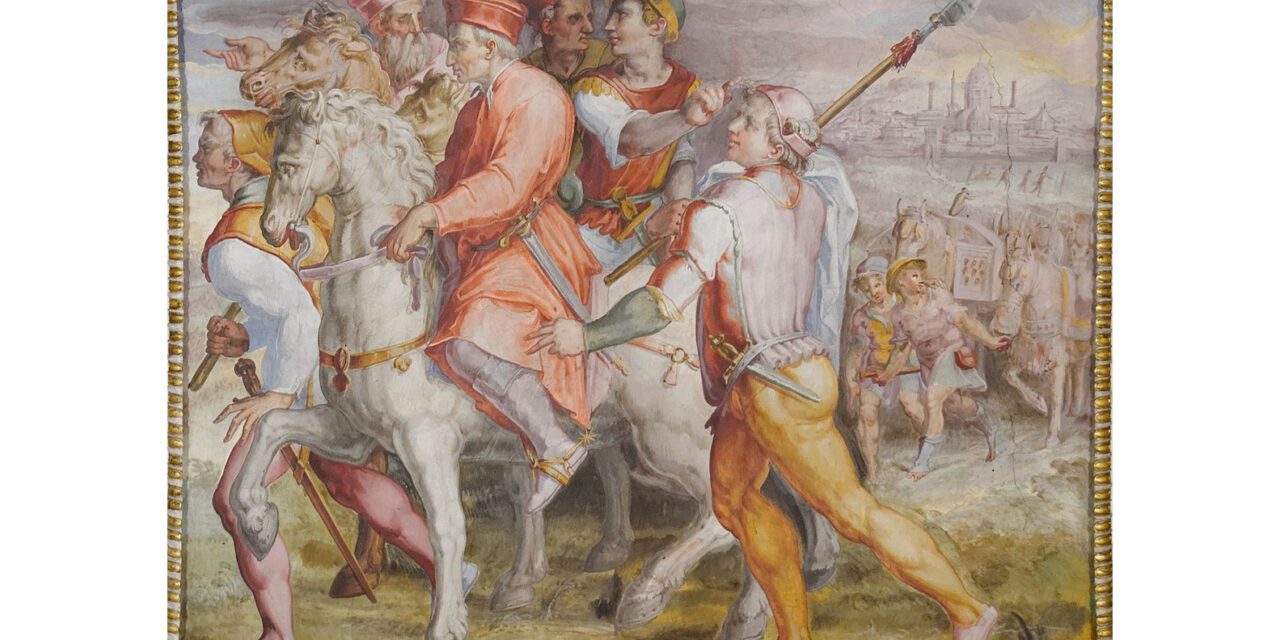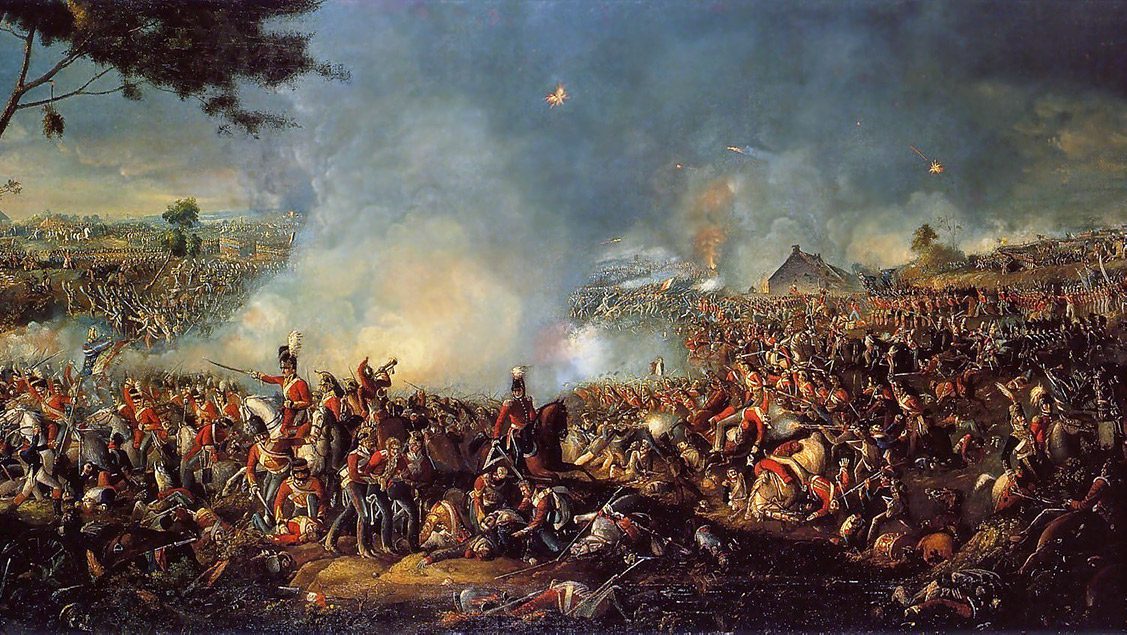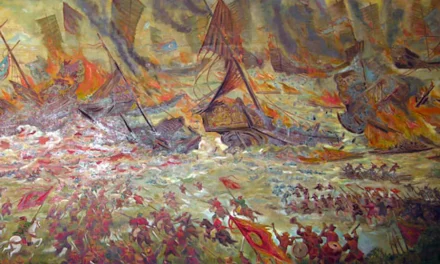History Guild General History Quiz 99
See how your history knowledge stacks up!
Want to know more about any of the questions? Once you’ve finished the quiz click here to learn more.
Have an idea for a question? Suggest it here and we’ll include it in a future quiz!
The stories behind the questions
1. The Medici family first established a bank in which city?
Florence – The Medicis were bankers and innovators in financial accounting. They established a bank in Florence in 1397 which went on to become spectacularly successful. For a time the Medici family were possibly the wealthiest family in Europe, and controlled a vast financial network.
2. Which of these countries gained their independence first?
Argentina – 1816, from Spain.
Ghana – 1957, from Britain, becoming the first colony in sub-Saharan Africa to achieve sovereignty.
India – 1947, from Britain.
Cuba – 1902, from the USA.
3. Which of these countries supported the revolutionaries during the American War of Independence?
All of the above – France, Spain and Holland provided military and naval support to the American colonists who were attempting to become independent. This was critical for the American victory, with these European allies spending over 20 times more on the military and naval forces committed to the conflict than the American colonies.
4. Which 19th century city does this painting show?

Moscow – Red Square with Saint Basil’s Cathedral, 1801 by Fedor Alekseev.
5. Which Australian group protested against Nazi persecution of Jews in 1938?
Australian Aborigines’ League – William Cooper led the Australian Aborigines’ League in a protest at the German Consulate in Melbourne in the aftermath of Kristallnacht. Read more about Cooper and his incredible life.
6. In 1636 Japanese Shogun Tokugawa Iemitsu issued an edict that remained in force for over 200 years. What was it?
The prohibition of contact with the outside world – Before the 1630’s was a period of largely unrestricted trade and widespread piracy in Japan, with Japanese mariners and merchants visiting Asia, New Spain (Mexico), and Europe. A large number of foreign traders and pirates were also resident in Japan and active in Japanese waters.
Shogun Tokugawa Iemitsu imposed and enforced the sakoku (seclusion) policy in order to remove the colonial and religious influence of Spain and Portugal, which were perceived as posing a threat to the stability of the shogunate and to peace in the archipelago. This policy persisted until 1853 when the Perry Expedition of the US Navy arrived and forced the Japanese to open to American trade. The full edict is below:
No Japanese ship … nor any native of Japan, shall presume to go out of the country; whoever acts contrary to this, shall die, and the ship with the crew and goods aboard shall be sequestered until further orders. All persons who return from abroad shall be put to death. Whoever discovers a Christian priest shall have a reward of 400 to 500 sheets of silver and for every Christian in proportion. All Namban (Portuguese and Spanish) who propagate the doctrine of the Catholics, or bear this scandalous name, shall be imprisoned in the Onra, or common jail of the town. The whole race of the Portuguese with their mothers, nurses and whatever belongs to them, shall be banished to Macao. Whoever presumes to bring a letter from abroad, or to return after he hath been banished, shall die with his family; also whoever presumes to intercede for him, shall be put to death. No nobleman nor any soldier shall be suffered to purchase anything from the foreigner.
Shogun Tokugawa Iemitsu
7. The Japanese attack on Pearl Harbour was partly inspired by which British Royal Navy operation?
The raid on Taranto – On the night of 11–12 November 1940 21 Fairey Swordfish biplane torpedo bombers from the aircraft carrier HMS Illustrious attacked the Italian fleet at anchor in the port of Taranto. The Italians suffered 3 battleships disabled, 1 heavy cruiser and 2 destroyers damaged for the loss of only 2 British aircraft.
The Imperial Japanese Navy’s staff carefully studied the Taranto raid during planning for the attack on Pearl Harbor, with a Japanese military mission visiting Taranto in May 1941 and holding lengthy discussions with their Italian Navy opposite numbers.
8. Where were the Inns of Court, the training and professional associations for barristers, established in the 1300’s?
London – The Inns of Court in London are the professional associations for barristers in England and Wales. There are four Inns of Court – Gray’s Inn, Lincoln’s Inn, Inner Temple and Middle Temple. All barristers must belong to one of them.
In 1234 Henry III decreed that no institutes of legal education could exist in the City of London. The secular lawyers moved to the hamlet of Holborn, near to the law courts at Westminster Hall and outside the City. It was here that the Inns of Court were established in the early 1300’s. The exact date is not known, as all of the Inn’s records were burned during the Peasants’ Revolt of 1381.
9. Which artist produced these three pieces?

Albrecht Dürer – A German painter, printmaker, and theorist of the German Renaissance. Born in Nuremberg, Dürer’s vast body of work includes engravings, portraits and self-portraits, watercolours and books.
10. Operation Exporter was part of which conflict?
WW2 – Operation Exporter saw a largely Australian force invade Vichy French Syria and Lebanon in 1941.





